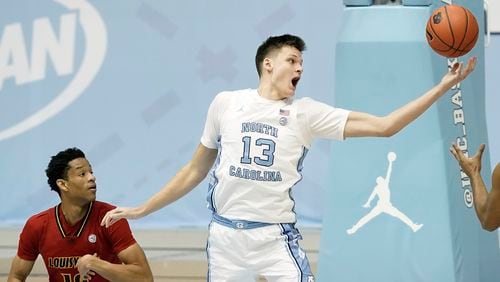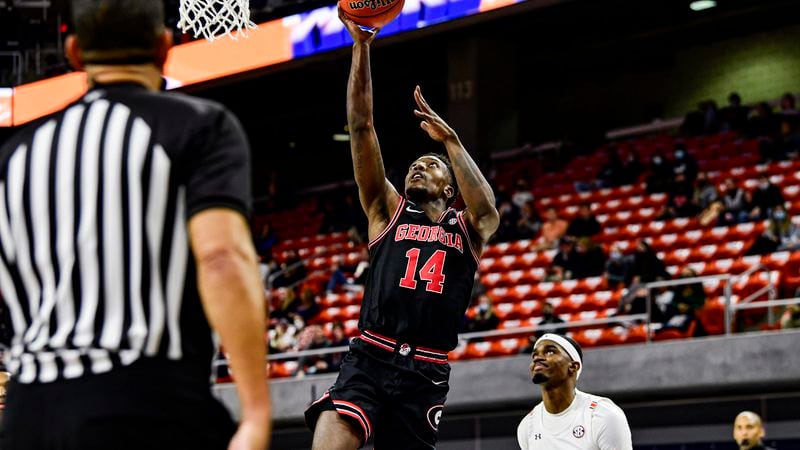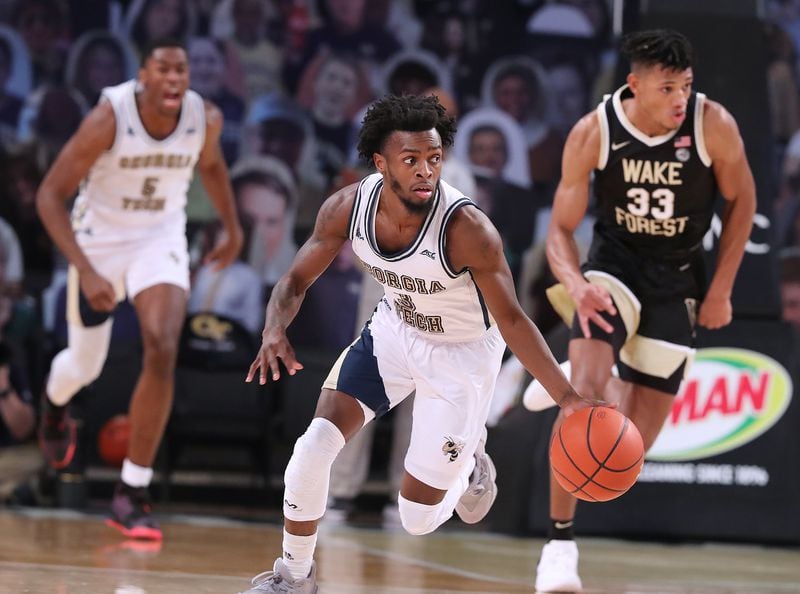At the 2018 Final Four in Glendale, Ariz., the NCAA brass offered its corporate thoughts on the issue of the day — the fallout from the Feds’ shoe-company investigation. We thought back then that the NCAA’s response would turn college basketball inside-out. We know better now.
Arizona got around to firing Sean Miller only this month. Kansas’ Bill Self, named in an NCAA investigation, was just given a five-year contract with a permanent rollover — a Paul Hewitt deal — that prevents him from being fired for cause no matter what sort of infractions are unearthed.
But the shoe-company stuff isn’t what I recall from that mass interview session. I recall Dan Gavitt, essentially the NCAA’s czar of basketball, saying Division I programs had seen 700 transfers over the offseason just past. I remember saying, “Whoa.” I did the math in my head: There are 350-some Division I programs; that’s roughly two transfers per school. That seemed a lot, at least back then.
A check of the website VerbalCommits.com, which seeks to list all those who’ve entered the transfer portal, shows 1,329 collegians looking to move. Three years after Gavitt offered what seemed a massive number, the number has nearly doubled. There are now 358 schools in Division I. That’s 3.7 transfers per program.
Wednesday brings the opening of the second stage of college basketball’s signing period. Because of transfers, the sport has plunged into a state of permanent recruitment. Not only does a coach have to persuade incoming freshmen to sign, the same coach has to re-recruit his own players on a year-to-year basis. If they don’t like something, they can duck into the portal and emerge elsewhere. This isn’t necessarily a bad thing – the NCAA wants to give players more say over their career arcs – but it has turned a sport that has seen little continuity since the advent of one-and-done into a turnstile.
Four contributing players on Baylor’s just-crowned champions began their college days elsewhere, Davion Mitchell chief among those. He’s from Hinesville. He played one season at Auburn. He wound up in Waco. Andrew Nembhard of Gonzaga played as a freshman at Florida. UCLA’s Johnny Juzang, the best player in the Final Four, was a Kentucky Wildcat 14 months ago. Quentin Grimes, Houston’s best player, arrived via Kansas.
If Juzang stays in Lexington, does Kentucky still go 9-16? If Grimes stays in Lawrence, does Kansas lost its Round 2 game to USC by 34 points? Without Nembhard and Mitchell, do Gonzaga and Baylor make the final? Down the rabbit hole we go.
Mac McClung signed with and played for Georgetown. He transferred to Texas Tech and averaged 15.7 points for the Red Raiders. He announced Monday he was exploring his NBA draft options — but, just in case he isn’t picked, he has also entered the portal, which means 2022 could find him playing for a third different college in three years.
Credit: Todd Van Emst/AU Athletics
Credit: Todd Van Emst/AU Athletics
Georgia has lost four players to the portal, including starters Toumani Camara and Tye Fagan (now at Ole Miss). Tom Crean has replaced them with four more players from the portal. Cincinnati just fired John Brannen, who succeeded Mick Cronin, after two seasons. Its reasons haven’t been delineated, but something was amiss. Six Bearcats entered the portal; before Brannen was fired, his roster had dwindled to five players.
According to Laine Higgins of the Wall Street Journal, 104 programs have seen five or more players enter the portal. Sometimes we wonder what a pro sport would look like if every player became a free agent after every season. That’s basically what has happened in college basketball. More and more transfers are playing right away, as opposed to sitting out a year in days gone by. Owing to COVID, the NCAA allowed everyone involved in a winter sport another season of eligibility, meaning that, as we speak, there are no real seniors. (Kane Williams and Corey Allen have announced they’re staying at Georgia State for another season; so have Jordan Usher and Bubba Parham at Georgia Tech.)
Credit: Curtis Compton / Curtis.Compton@
Credit: Curtis Compton / Curtis.Compton@
This is the flip side of one-and-done. These players looking to stretch their careers over four/five years at two or more locations. On its website, the NCAA addresses FAQs for those seeking other shores. The splash page is headlined, “Want to Transfer?” More and more, the answer is, “You bet I do.”
Florida, which lost six to the portal, has landed four from the portal. From the Associated Press: “(Coach Mike) White’s newest additions likely will give Florida a starting lineup that consists entirely of players who started their college careers elsewhere.” Note: Florida isn’t some fly-by-night program; it has taken two NCAA titles and reached four Final Fours this century.
The granting of an extra season has taken the school-to-school to new heights, but transferring had become a big deal before COVID-19 existed. It’s good for the players. It’s bad for the coaches. It’s dizzying for those on the periphery, and it makes a sport that keeps losing traction — except in March — even more ephemeral.
“Things are at lightning speed,” Crean said, by way of text message, Tuesday. “It’s the new normal and you just have to embrace it.”
Or not. It’s believed one of the reasons Roy Williams retired from North Carolina was because, at 70, he didn’t want to deal with transfers. The last straw might have been Walker Kessler of Woodward Academy — a 5-star recruit and the son of former Georgia player Chad Kessler — announcing he was leaving Chapel Hill after one season.
On Monday, Kessler revealed his (second) college choice: Auburn. Which just served a self-imposed postseason ban, the original sin tracing to the Feds and the shoe companies. Deeper down that rabbit hole we dive.
About the Author









